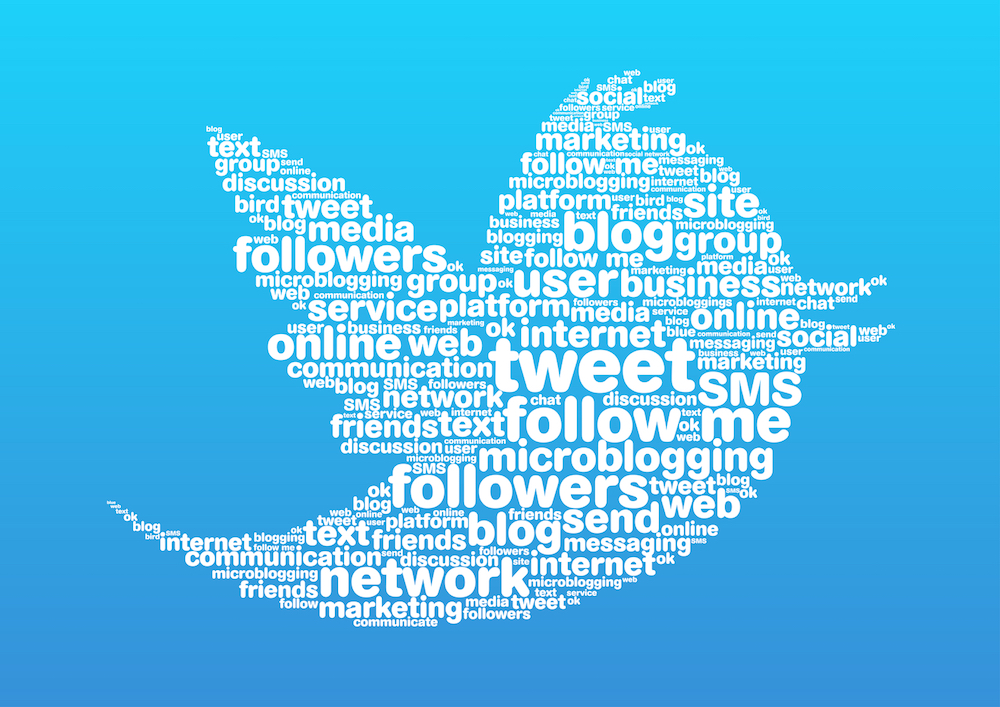Nine in 10 US companies now leverage digital content marketing to engage audiences, while the majority of brands will use blog content as the primary inbound marketing activity in 2020, according to two separate reports released by eMarketer and HubSpot.
The mantra ‘content is king’ will continue to ring true this year as more companies awaken to the power of blogs, news and articles and the value that excellent storytelling and consistent content creation can bring to a business.
The report by eMarketer found that enterprises both large and small will implement content strategies to one-up their peers and reach wider audiences, with editorial blogs and other forms of written content being a major focus when attempting to attract qualified prospects and then convert them into meaningful leads.
In order to stay ahead of the pack in 2020, Forbes has also recommended using “authentic content” to foster a sense of community and to stay consistently on brand over an extended period of time.
To do this, marketers must first avoid a hard sell and then outline how a particular product or service can have a positive impact on the reader or viewer.
This must be demonstrated via relatable examples that will prompt audiences to engage and then, after a pleasing experience, become a brand advocate by sharing that content.
Storytelling will be a top trend in 2020 as it will allow marketers to deliver relevant messages in an entertaining way.
While written content is crucial, marketers should also use visual content, including videos and infographics, to get their points across and to deliver a more varied and rewarding experience for the consumer.
“Along with the great story-based content – whatever that may be – we will occasionally introduce ways to directly encourage action, with clear trial or purchase mechanics,” Britvic’s head of brand PR Davnet Doran says.
“Evidence of this working, and greater rigour around the results more broadly, will unlock significantly increased budgets over the next five years.”
Content distribution will also be important this year as social media management comes to the fore as a core marketing practice.
Outsourcing to third-party agencies can give brands the edge here as they will have the experience and knowledge required to put content in the right places.
High-quality, thoughtful content will still struggle to move the needle if no-one reads it or engages with it in any way.
Distributing content that involves a robust and regular posting schedule across a variety of platforms could unlock greater success for marketers in 2020.
Forbes does sound a note of caution about using the ever-growing number of platforms to reach customers though as it believes that some may not be the “best fit” and that it is important to “choose wisely”.
This year, brands should look at a platform and ask themselves whether it will work for them, whether it is capable of putting them in touch with target audiences, and whether it represents the brand in the right way – for example, the impersonal Snapchat may not be the best outlet for a health-related company.




